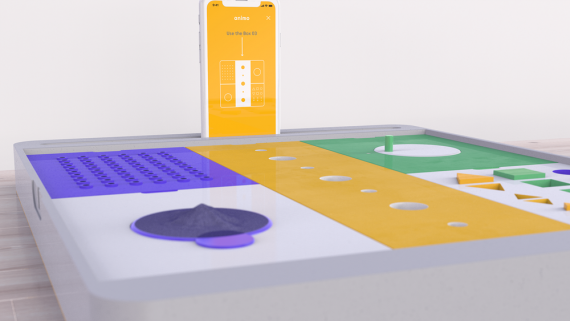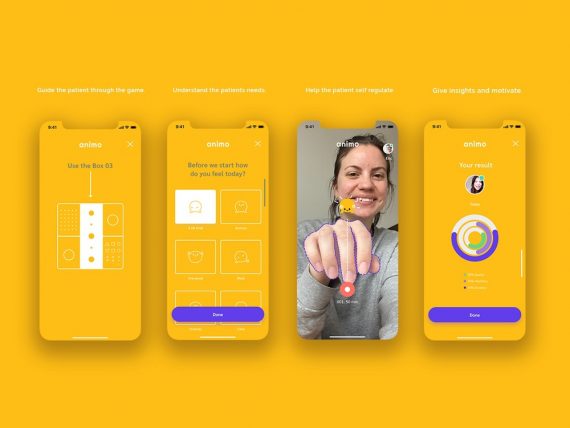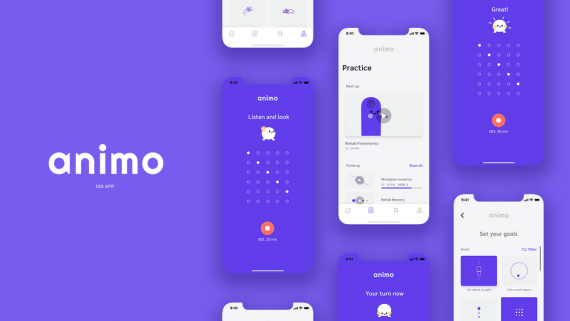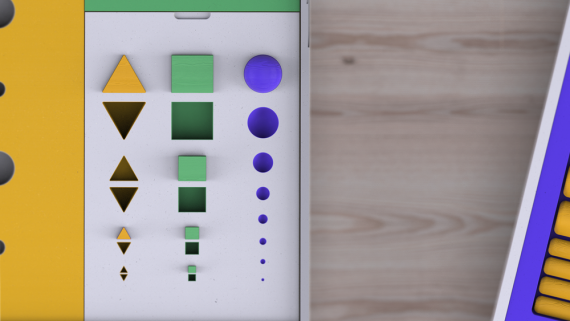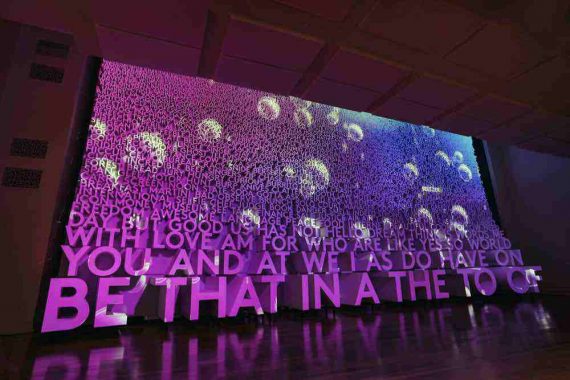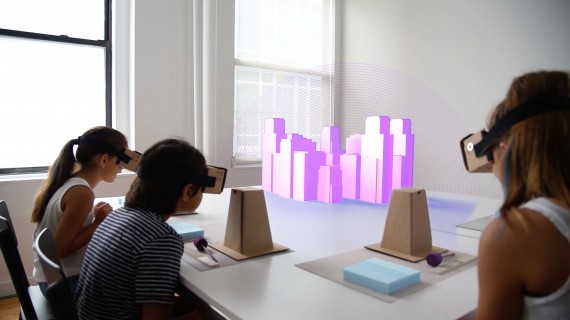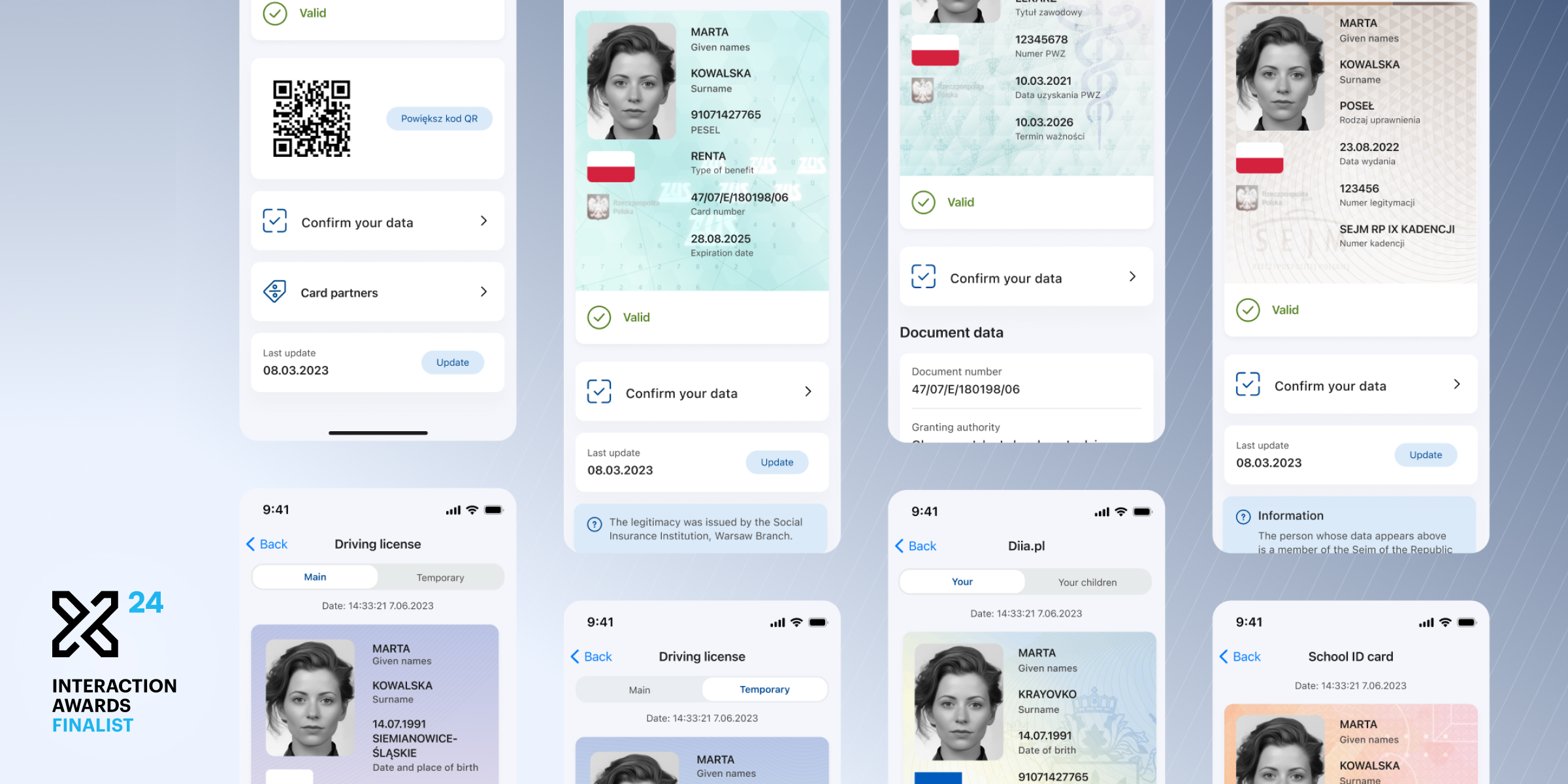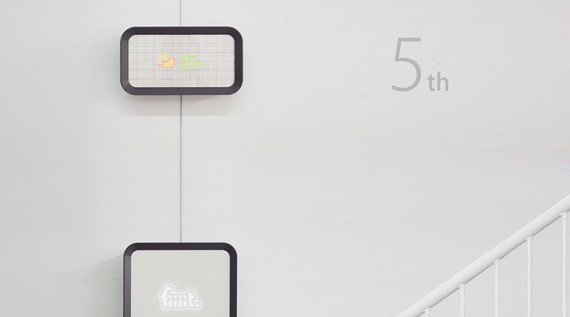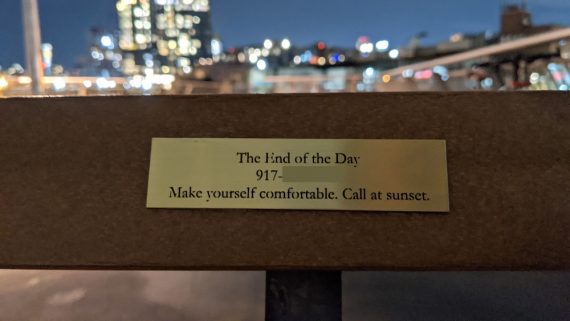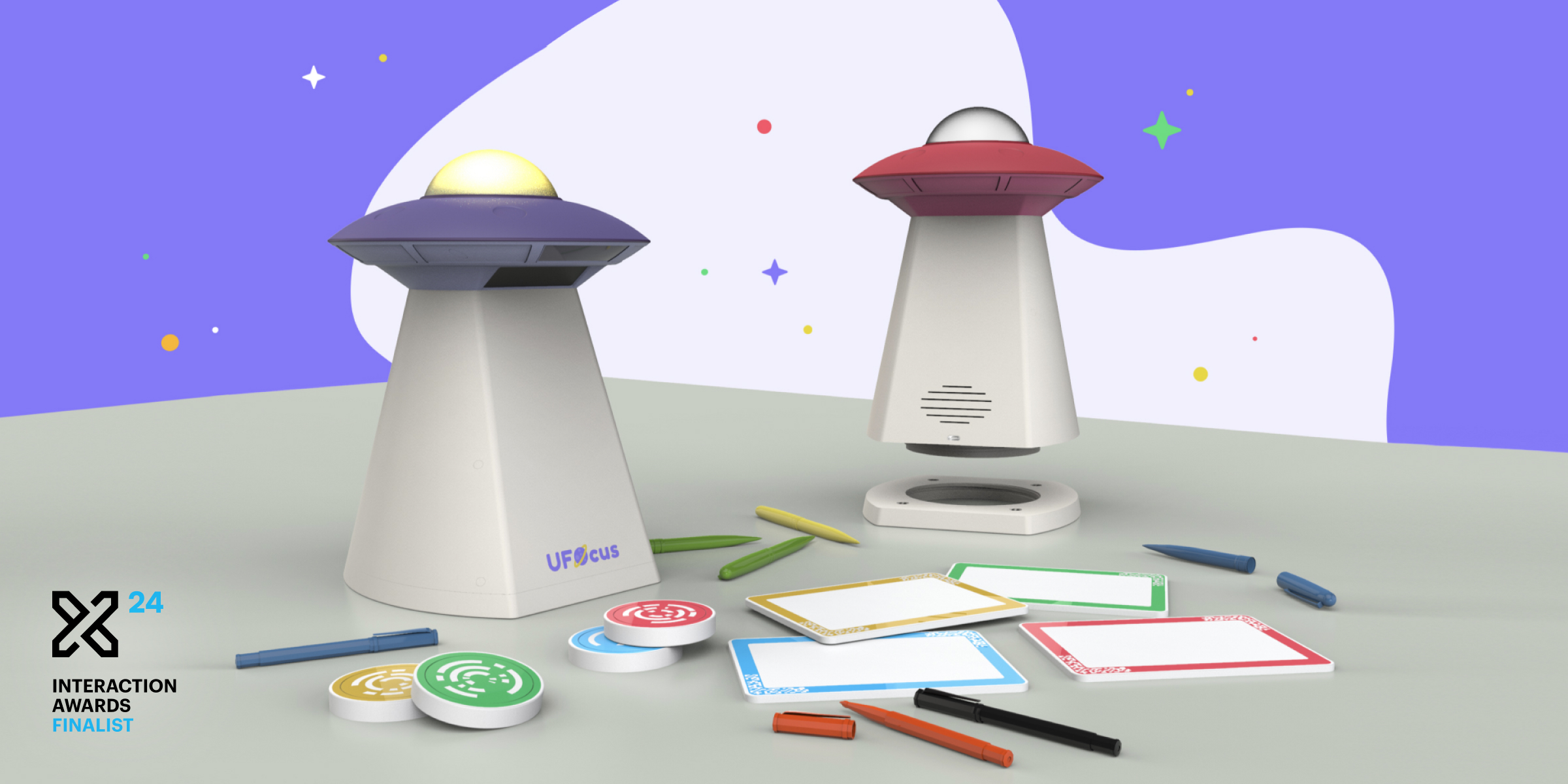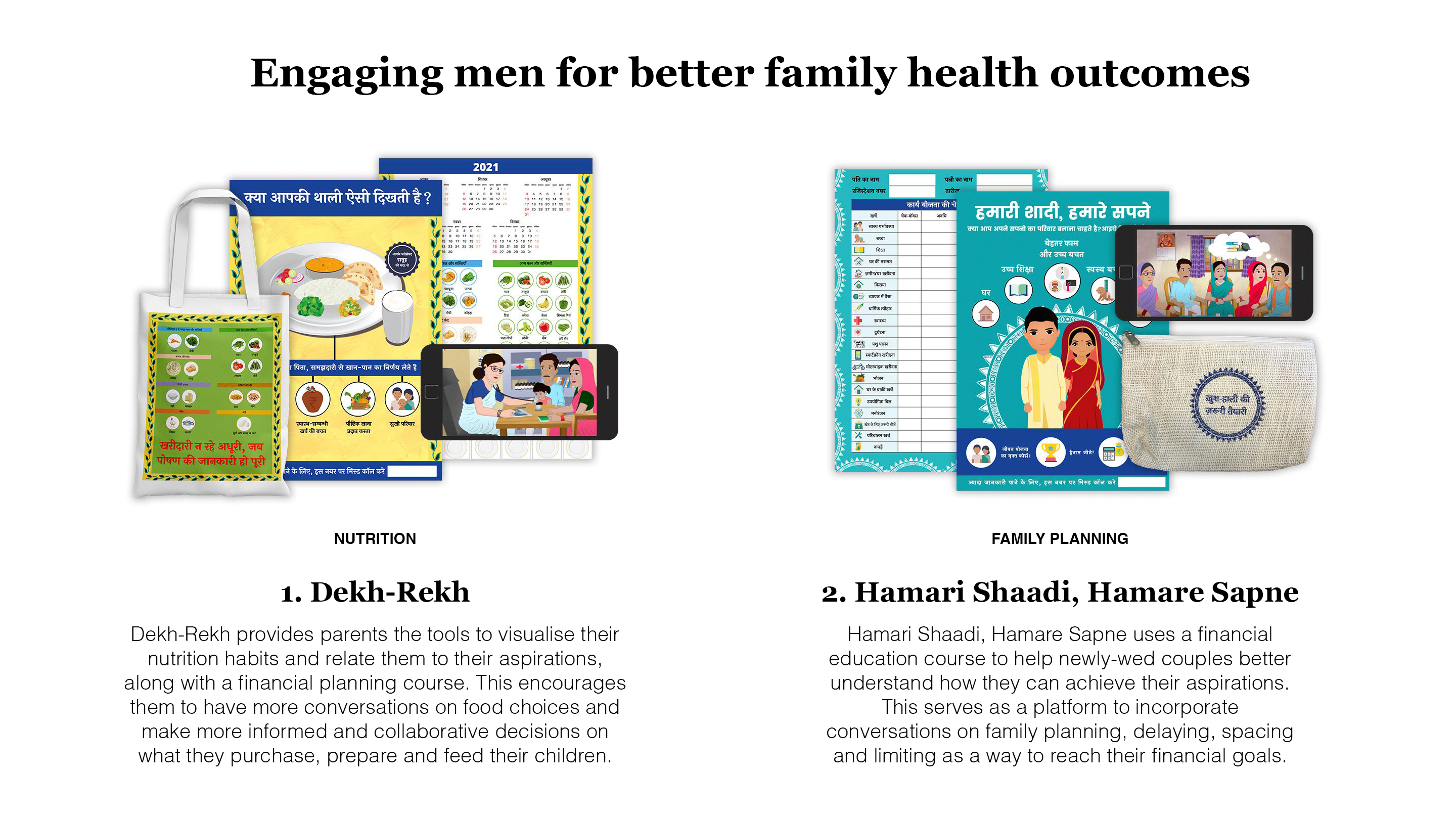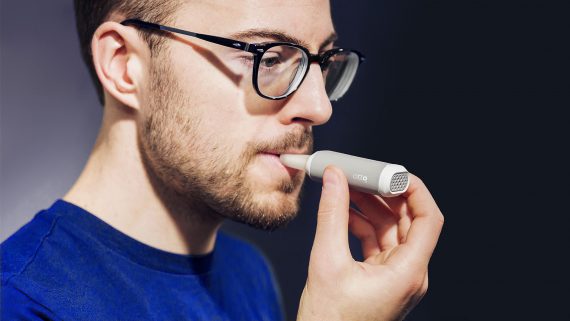Animo - Rehabilitation Game for Young Stroke Patients
Team
Company | Institution
Category
Type
Project description
Stroke costs Swedish society 8 billion dollars yearly. Studies also show that stroke is increasing among young adults. Of these, it is mainly women who are affected. Patients get treatment at the hospital rehab centers, however, the real challenge starts in their home environment where they have less or no support from the healthcare professionals. The project aims to find new ways to rehabilitate stroke patients in their homes, as the number of patients increases and staff resources decreases as a worrying trend. The concept focuses on the two main key insights from the user research: to provide motivation and insight for the patient when retaining an independent rehabilitation.
Stroke varies a lot in its symptoms. To be specific, I have focused on lacking motor skills in e.g finger grip, wrist – arm joint, shoulder, and also looked into lacking cognition. Why I chose these symptoms is because they are crucial for the patient to be able to perform everyday life tasks. Raising a glass of water to pick up a book, is a struggle.
Animo – An interactive tactile rehabilitation game supported by a training system in an app. The patient has five different practice boxes that they can pick out at the rehab center. The AR assistance helps the patient to self-regulate its movement and gain insight on how to improve. The impact of the project is to show a strong concept that is easily applicable to today’s rehabilitation methodology and to visualize a service that improves remote rehabilitation by making it more motivating and insightful for the patients.
During this project the user-research led me to believe that creating non-stigmatized health equipment with a supportive training system, will be more likely used by the patient on a daily basis. The main inspiration comes from gaming design and its best practices in engaging the user and making it a playful experience. I picked a colorful palette with a graphical standing point both in the physical as the digital part of the game because in the research it was confirmed that high contrast makes it easier for the patients to differentiate information. During my research with both patients and health staff, I found out that it is important that equipment created for these patients needs to be adjusted over time. Since the patient’s condition changes, the system needs to evolve with the patient’s condition. For the method process, I used conductive interviews and workshops with the staff at the Norrlands Hospital. I also interviewed two younger patients about their experience in recovering from a stroke. To get more insights into technical possibilities I interviewed an AR Ph.D. student. Creating low-fi physical as digital prototypes made me better understand form and function. During the whole process, I initiated feedback sessions with both health staff and patients.
Stroke varies a lot in its symptoms. To be specific, I have focused on lacking motor skills in e.g finger grip, wrist – arm joint, shoulder, and also looked into lacking cognition. Why I chose these symptoms is because they are crucial for the patient to be able to perform everyday life tasks. Raising a glass of water to pick up a book, is a struggle.
Animo – An interactive tactile rehabilitation game supported by a training system in an app. The patient has five different practice boxes that they can pick out at the rehab center. The AR assistance helps the patient to self-regulate its movement and gain insight on how to improve. The impact of the project is to show a strong concept that is easily applicable to today’s rehabilitation methodology and to visualize a service that improves remote rehabilitation by making it more motivating and insightful for the patients.
During this project the user-research led me to believe that creating non-stigmatized health equipment with a supportive training system, will be more likely used by the patient on a daily basis. The main inspiration comes from gaming design and its best practices in engaging the user and making it a playful experience. I picked a colorful palette with a graphical standing point both in the physical as the digital part of the game because in the research it was confirmed that high contrast makes it easier for the patients to differentiate information. During my research with both patients and health staff, I found out that it is important that equipment created for these patients needs to be adjusted over time. Since the patient’s condition changes, the system needs to evolve with the patient’s condition. For the method process, I used conductive interviews and workshops with the staff at the Norrlands Hospital. I also interviewed two younger patients about their experience in recovering from a stroke. To get more insights into technical possibilities I interviewed an AR Ph.D. student. Creating low-fi physical as digital prototypes made me better understand form and function. During the whole process, I initiated feedback sessions with both health staff and patients.


